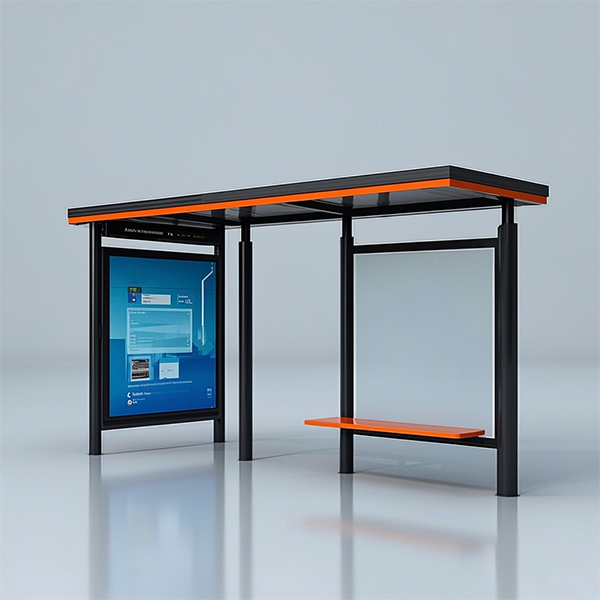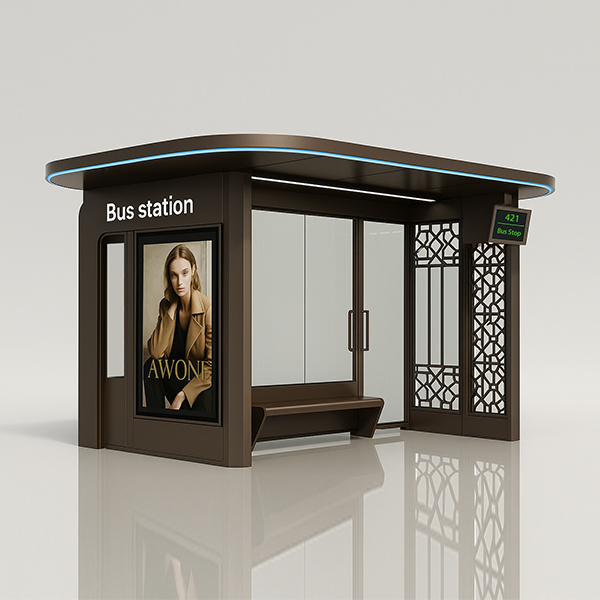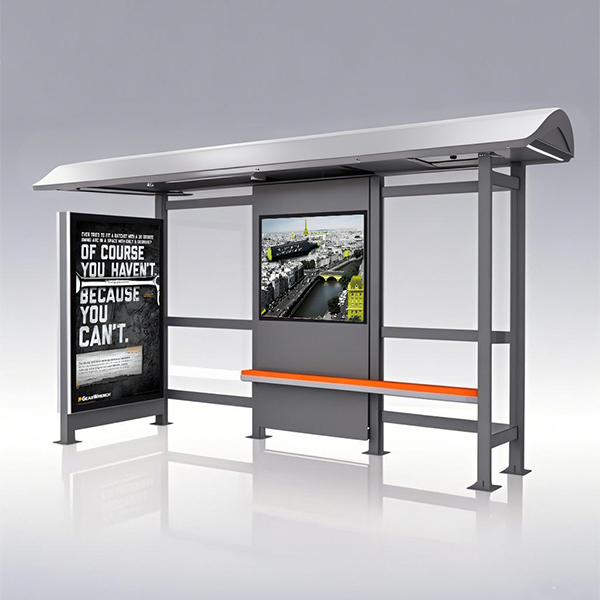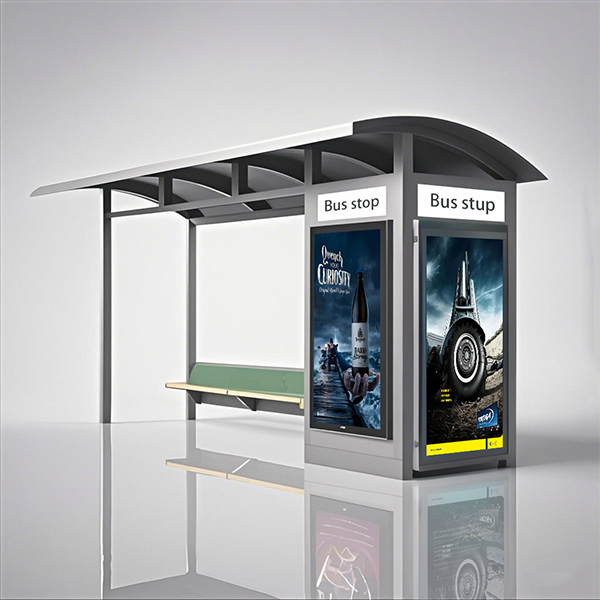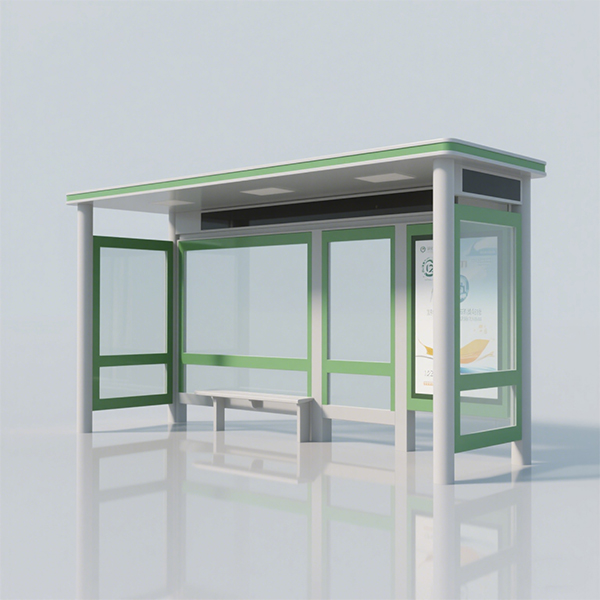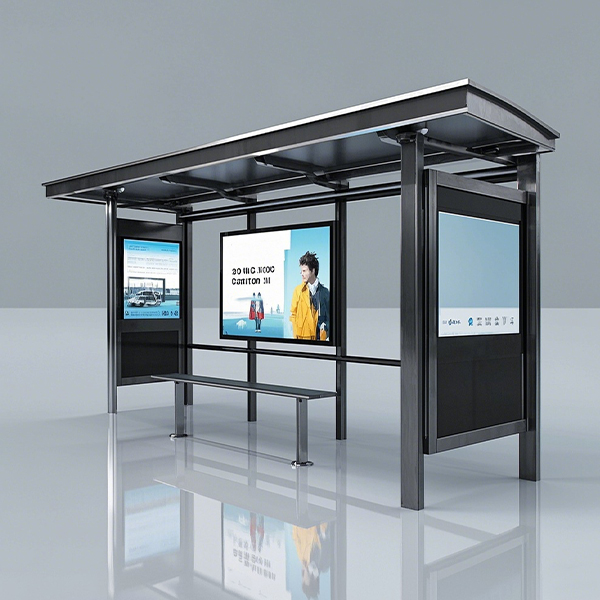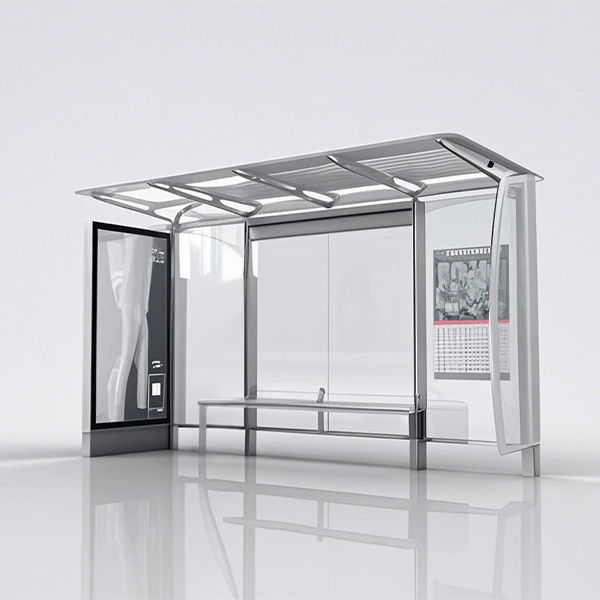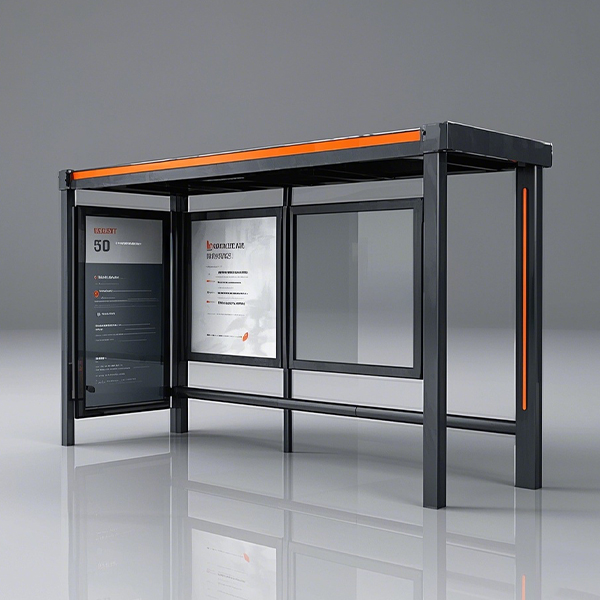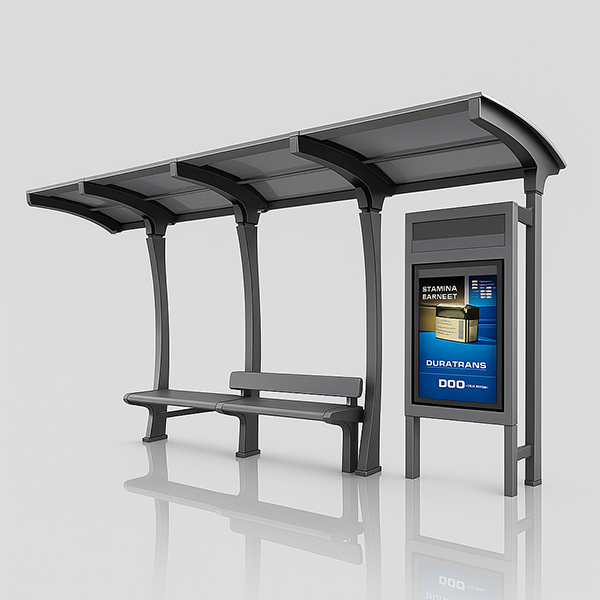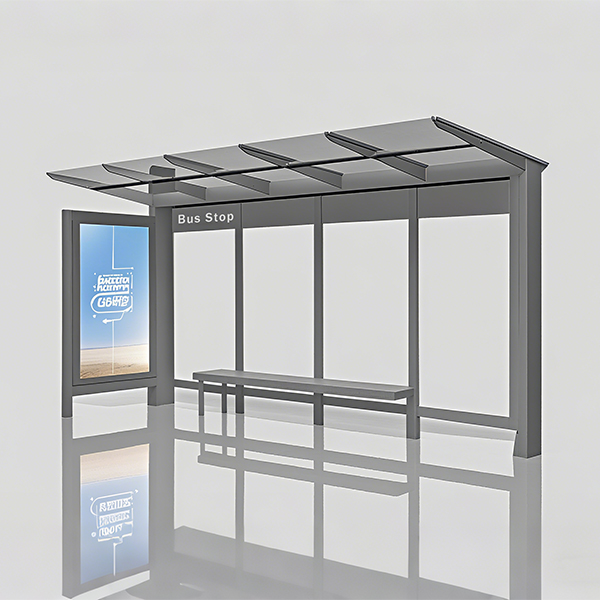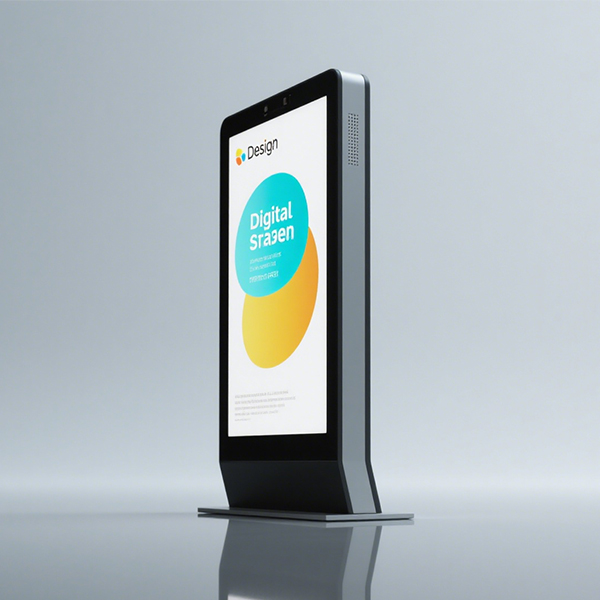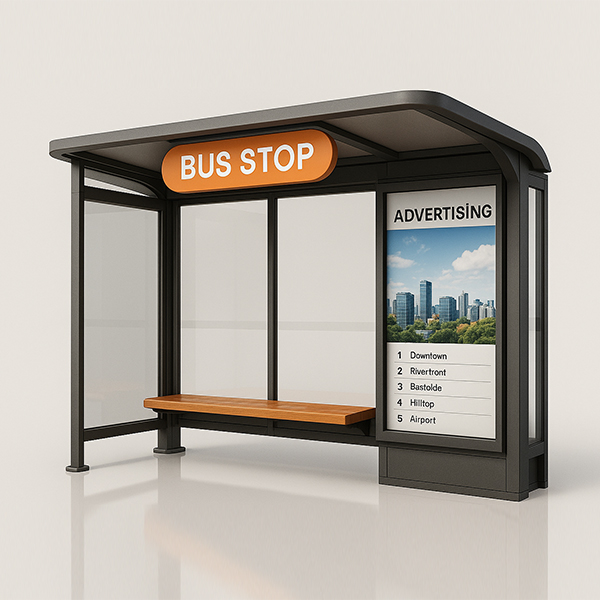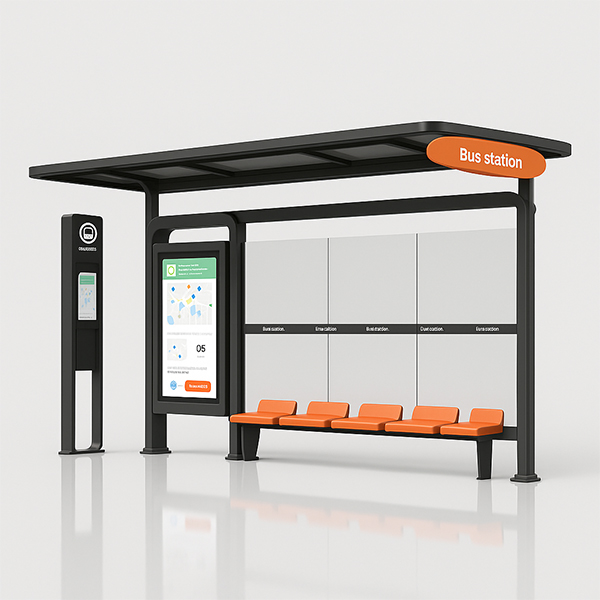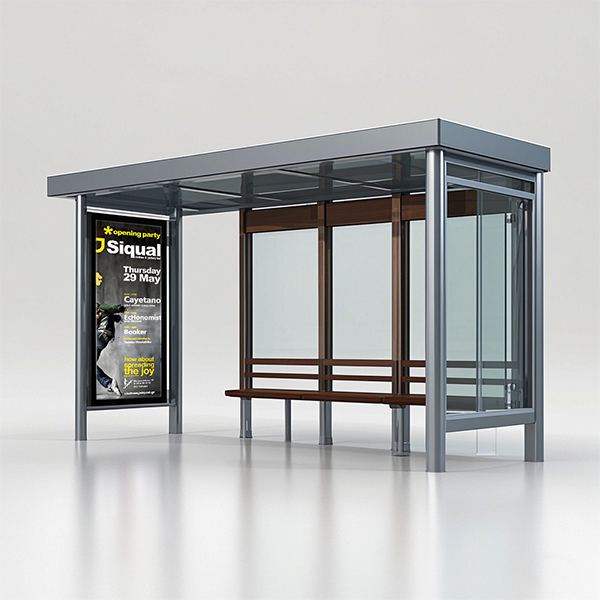
bus stop design standards
This guide provides a comprehensive overview of bus stop design standards, covering key considerations for accessibility, safety, comfort, and environmental impact. We'll explore best practices, relevant regulations, and design elements to create functional and user-friendly bus stop facilities. Learn how to design effective bus stops that meet the needs of your community.
Understanding the Importance of Effective Bus Stop Design
Well-designed bus stops are crucial for efficient public transportation systems. They contribute to passenger safety, comfort, and overall ridership. Poorly designed bus stops can lead to increased wait times, accidents, and a negative passenger experience. Understanding and adhering to established bus stop design standards is paramount for creating safe and efficient public transit.
Key Considerations in Bus Stop Design
Several critical factors influence the design of a successful bus stop. These include:
- Accessibility: Compliance with ADA (Americans with Disabilities Act) standards is essential, ensuring wheelchair accessibility, clear signage, and sufficient space for maneuvering. This includes appropriate ramps, tactile paving, and seating.
- Safety: Visibility is crucial. Bus stops should be well-lit, located away from blind corners, and feature clear sightlines for both passengers and drivers. Consider adding safety features like pedestrian crossings and adequate lighting.
- Comfort: Shelter from weather conditions is a key comfort factor. Consider providing covered waiting areas, benches, and information displays. Adequate seating and wind protection are important considerations.
- Environmental Impact: Sustainable materials and designs reduce environmental impact. Incorporate green elements such as landscaping and solar panels where feasible.
- Information and Communication: Clear and up-to-date real-time information on arrival times and routes is crucial. Digital displays and schedule boards enhance the passenger experience. Consider integration with mobile apps for real-time updates.
Regulatory Compliance and Best Practices
Adhering to local and national regulations is critical. These regulations often dictate minimum space requirements, accessibility features, and safety standards. Best practices often go beyond minimum requirements, emphasizing user experience and operational efficiency. Local transit authorities are excellent resources for obtaining specific guidelines for your area.
Examples of Design Elements and Best Practices
Here are some examples of design elements that contribute to effective bus stop design:
- Durable and weather-resistant materials: Choose materials that can withstand harsh weather conditions and require minimal maintenance.
- Clear signage and wayfinding: Ensure that signage is clear, easy to read, and appropriately placed for optimal visibility.
- Integrated lighting: Provide adequate lighting for safety and visibility at night.
- Real-time information displays: Keep passengers informed with up-to-date schedules and arrival times.
Case Studies: Successful Bus Stop Designs
Analyzing successful bus stop designs from around the world provides valuable insights. For example, some cities prioritize aesthetically pleasing designs that integrate seamlessly with the surrounding environment, while others emphasize functionality and accessibility. Researching case studies can inspire innovative and effective designs for your specific context.
Tools and Resources for Bus Stop Design
Various tools and resources are available to assist in the design process. Computer-aided design (CAD) software can help create detailed plans, while simulation software can model passenger flow and optimize bus stop layout. Consulting with experienced urban planners and transit professionals is highly recommended. Shandong Luyi Public Facilities Co., Ltd. provides high-quality bus stop solutions. They can offer valuable expertise in designing and implementing effective bus stop infrastructure.
Conclusion
Effective bus stop design is vital for creating safe, efficient, and user-friendly public transportation systems. By adhering to established standards, incorporating best practices, and utilizing available resources, communities can significantly enhance the passenger experience and contribute to a more sustainable future of public transit. Remember to always consult with local authorities and relevant professionals to ensure compliance and best practices in your area.
| Feature | Importance |
|---|---|
| Accessibility | Ensures inclusivity and user-friendliness for all passengers. |
| Safety | Reduces risks of accidents and enhances passenger security. |
| Comfort | Improves the overall passenger experience and encourages ridership. |
Соответствующая продукция
Соответствующая продукция







